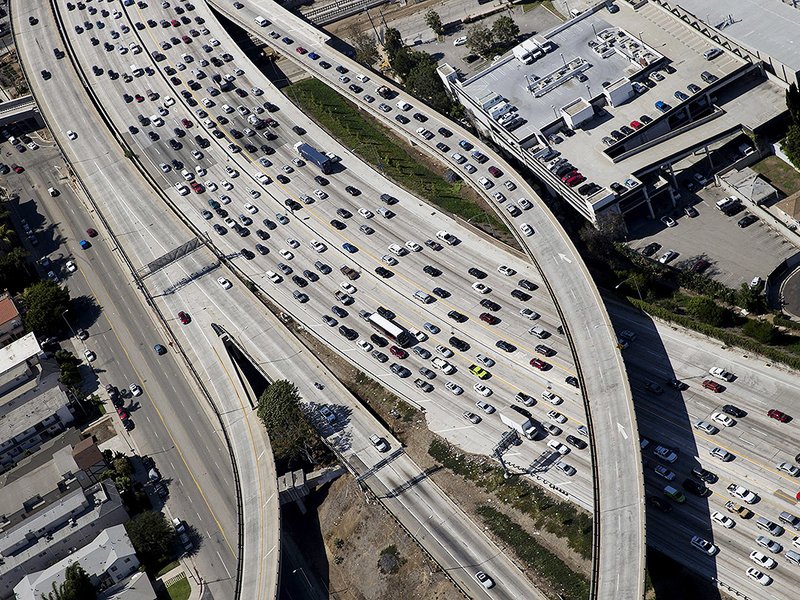
WASHINGTON — The U.S. vehicle fleet hit a record for fuel efficiency in 2018 averaging 25.1 miles mpg in real-world driving as it rose 0.2 mpg, the EPA said.
The fleet is also preliminarily anticipated to jump to 25.5 mpg for the 2019 model year.
The EPA and NHTSA are working to finalize rules to rollback Obama-era requirements through the 2026 model year. Officials hope to finalize the new rules by April 1 but are still working to address remaining issues.
The report also showed Fiat Chrysler Automobiles purchased a significant number of vehicle emissions credits, while Tesla Inc., Honda Motor Co. and Toyota Motor Corp. sold credits. Daimler, Volkswagen Group and BMW also bought credits.
Among the 13 largest automakers, only VW and Hyundai Motor Co. saw average fuel economy fall in 2018, as they sold more utility vehicles and fewer cars.
Dan Becker, director of the Safe Climate Campaign, said automakers were far short of the 1 mpg improvement they were supposed to meet in 2018. “The rules should be strengthened to cut pollution and save consumers money at the pump,” Becker said.
EPA Administrator Andrew Wheeler cited the small annual increases as evidence the Obama era requirements are “unfeasible.”
The Alliance for Automotive Innovation, which represents most major automakers, said that while the industry supports year-over-year increases in fuel economy standards, the EPA’s report also demonstrates the market challenges ahead.
“Automakers have invested billions of dollars into cleaner, safer and smarter technologies, as demonstrated by the more than 475 models achieving 30 mpg or more. This includes 62 hybrids, 36 plug-in hybrids, 36 battery-electric, and three fuel cell-electric vehicles,” the group said. “Despite this investment and progress, 12 of 18 manufacturers still needed to rely on credits to comply with the 2018 requirements.”
The Trump administration proposed in August 2018 freezing fuel efficiency standards at 2020 levels through 2026, erasing the increases enacted in 2012.
The draft proposal would boost the stringency of U.S. vehicle emission standards by 1.5 percent annually from the 2021 through 2026 model years, Sen. Tom Carper said in January.
Carper said the draft would result in a 40.5 mpg fleet average by 2030. The administration’s 2018 proposal would have resulted in an average fuel efficiency of 37 mpg by 2026, compared with 46.7 mpg under the Obama rules.
The administration argues the rollbacks are necessary for economic and safety reasons, but California and environmentalists reject that, saying consumers would spend hundreds of billions more in fuel costs.
An EPA science advisory board analysis released on Monday found “significant weaknesses in the scientific analysis of the proposed” rollback, adding it leads to “implausible results regarding the overall size of the vehicle fleet” by predicting hiking prices will cause the vehicle fleet to “grow substantially when it would usually be expected to shrink.”
The EPA said that when finalized the “analysis backing the final rulemaking will be publicly available” and the administration will respond to all comments.
Audrey LaForest of Automotive News contributed to this report.